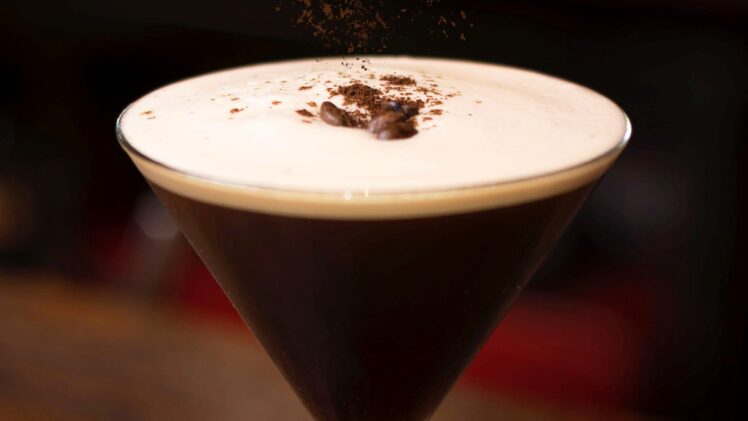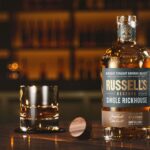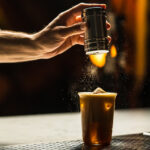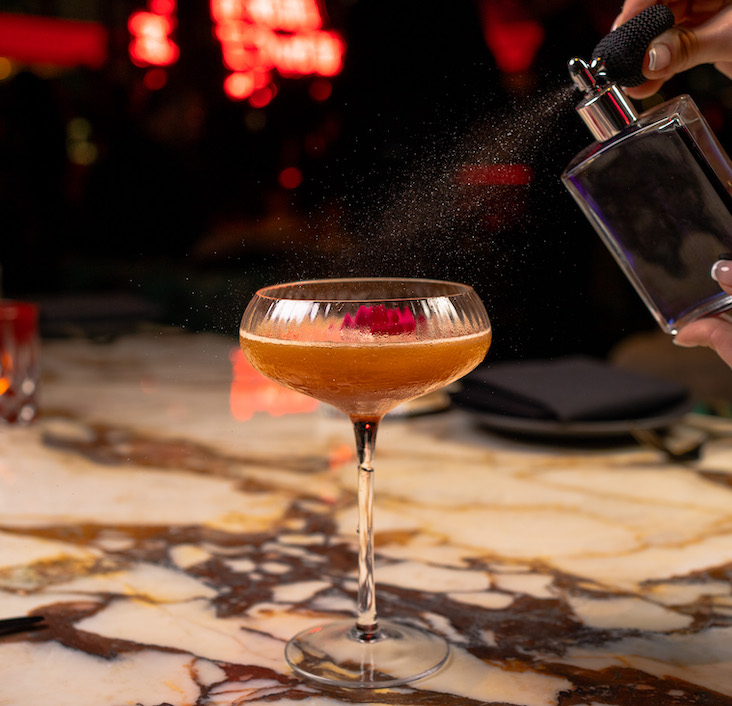Vodka remains a robust alcohol category. With 80.6 million 9-liter cases sold in the U.S. last year (according to our data team at the Beverage Information and Insights Group), vodka’s size can be to its detriment. Compared with 2021 results, the category was relatively flat with a .07% decline.
But that big size obviously does count for much. Especially for leading brands. Vodka is a category dominated by loyal consumer followings.
Perhaps no other alcohol brand defines our modern era more than Tito’s Handmade Vodka. Independently owned, American-branded, an entrepreneurial success story from the hyper-trendy city of Austin, Tito’s is still growing. It was up 5.4% at a time when many competitors saw numbers in the opposite direction, reaching an astounding 11.6 million cases.
Coming in second place was Smirnoff. This classic brand that introduced much of America to the vodka cocktail, Smirnoff shrunk a modest 1.8% last year to 8.6 million cases.
New Amsterdam Vodka finished in third with a 3.7% haircut that landed the Gallo product at 5.8 million cases.
After those three domestic brands, the next two top-sellers in vodka in 2022 were imports. Svedka was down 4.5% for 4.38 million cases, while Absolut rounded out the top five with 3.12 million cases after a 1.8% decline.
Big brands that achieved growth last year included Platinum 7X (+2.8%, 1.99 million cases) and Barton’s Vodka (+1.4%, 1.93 million cases). Both hail from Sazerac Co., which remains much on the mind of consumers these days thanks to its red-hot whiskey portfolio.
Also among the gainers was Deep Eddy. This flavor-focused, all-natural vodka was bought by Heaven Hill in 2015, after the brand rapidly sprung up in Austin in 2010. Founded by a former winemaker, Deep Eddy is named for the oldest swimming pool in Texas — a 1900s-era attraction still operating along the banks of the Colorado River. Another entrepreneurial story steeped in Americana, coming from the hometown of Tito’s.
So what does it take for a vodka brand, established or smaller, to succeed in this modern market?
Ready to Drink Vodka
The rapid rise of ready to drink (RTD) and ready to serve (RTS) beverages in the past few years has benefitted vodka.
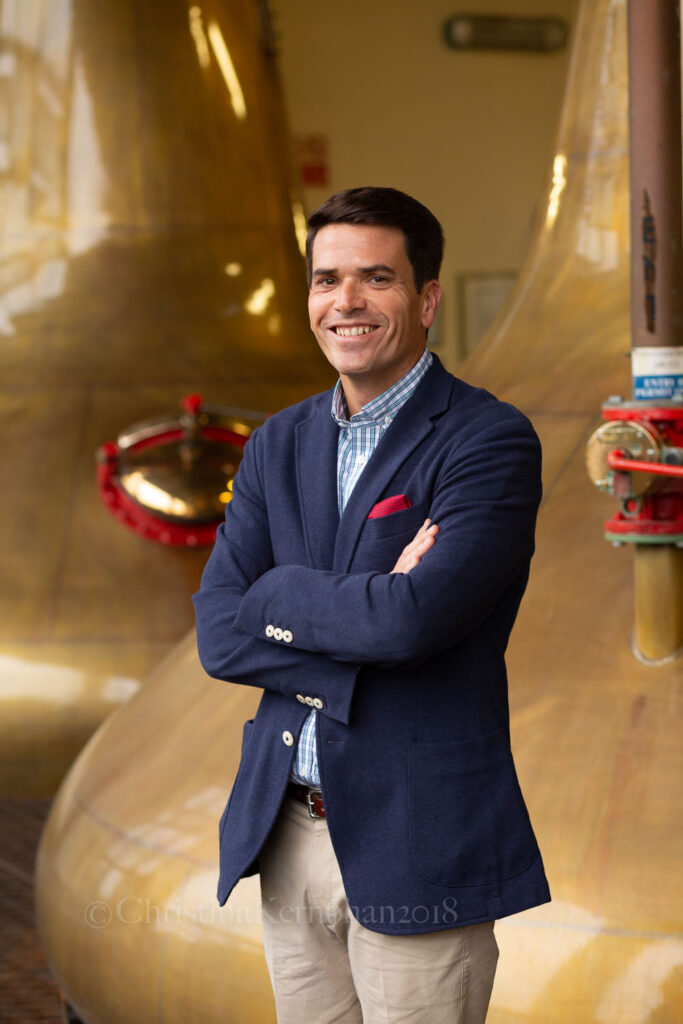
“The market remains vibrant, propelled by both vodka-based RTD and RTS, which are recruiting new drinkers into the category,” says Aleco Azqueta, Grey Goose, vice president of marketing, North America.
Accordingly, the brand recently launched Grey Goose RTS Classic Martini Cocktail in a bottle. High-end vodka-based products like that are more on the consumer’s radar now thanks to RTDs.
“As RTDs come into wider use, and people drink more spirits and less beer, vodka’s premiumization stretches beyond the bottle and into the can,” says Shaun Meglan, Texas mixologist and director of product education at Southern Glazer’s Wine & Spirits. “People spend twice as much on a nice vodka in a canned cocktail than they do for a single beer.”
It helps that vodka is a clean and easy spirit to work with in cocktails, lending itself perfectly for the kind of canned drinks consumers prefer nowadays.
“The increasing health consciousness of consumers drives the rise of low-abv sprits and the desire for convenience is driving the growth of RTDs,” says Damola Timeyin of the South African brand Vusa Vodka. “Both continue to have a positive impact on the vodka category, as we see the emergence of hard seltzers and RTD formats. Fortunately, vodka is a spirit that benefits from its versatility, allowing vodka brands to take advantage of these consumer trends.”
White Claw, which helped create the current hard seltzer and RTD trends, recently entered the vodka category with White Claw Premium Vodka and White Claw Vodka + Soda.
“The RTD space has grown to the largest category within the beer aisles in America, with about 27% of the market,” says Andrés Faustinelli, master blender, White Claw Vodka. “It’s greater than light beer. It represents a fundamental consumer shift over the last 25 years. All predictions are that momentum will continue in the future as consumers look for more flavorful products. We believe this 400M case category [in sync with IWSR predictions] will grow in the next five years by another 25%.”
Making Martinis
The Covid-19 lockdowns spurred a large movement in at-home mixology. Suddenly, everybody built a well-stocked bar into their place of residence. While on-premise reopening has certainly driven consumers back into bars and restaurants, people remain interested in mixing high-quality drinks at home.
And what are they mixing, or ordering when they do go out? Nostalgia is now the big trend. (Perhaps we pine for “simpler” days, before 2020 arrived with all its subsequent hardships and social upheaval.)
“We’ve really seen a resurgence in the classic cocktails of the 1990’s,” says Sophie Clerc, brand director, Vodka, Moet Hennessy USA, who makes Belvedere Vodka. “Vodka martinis, opposed to gin-based martinis, are prominent at bars and restaurants again. So are Espresso Martinis, which entered the top 10 list of most ordered cocktails at U.S. bars in 2022, according to research firm CGA by Nielsen IQ.”
Her last point is important. While classic cocktails tap into our current nostalgic mood, new twists on these drinks have proven extremely popular. Nowhere is this more evident than in the red-hot Espresso Martini.

“Classic cocktails such as the Martini and Cosmopolitan are finding their way back onto menus, and we have seen strong affinity for new stars, such as the Espresso Martini, to further solidify vodka’s popularity on premise,” says Julie Yufe, senior vice president, vodka & rum at Diageo, whose portfolio includes Smirnoff and Ketel One.
It’s a trend noticed by many.
“The Espresso Martini has taken the industry by storm, and the momentum just keeps continuing,” says Reshma Dhati, senior brand director of marketing, Absolut. “Vodka as a category has now fully recovered in the on-premise. When consumers take a night off from being their own bartender, they are ordering trendy vodka drinks like an Absolut Espresso Martini or Cosmopolitan.”
Martinis are having such a moment that they may have displaced a major competitor.
“Martinis are trending and the cocktail has officially replaced the Moscow Mule as the no. 2 most-popular drink order last year, according to Nielsen IQ,” says Aleco Azqueta, Grey Goose vice president of marketing, North America. “Emerging from the pandemic and economic uncertainty, we’ve seen that people simply want fun and uncomplicated drinks they can make at home with just a few quality ingredients.”
“Overall, vodka’s superpower of versatility, mixability and wide-ranging suitability meet emerging consumer needs and continue to drive growth,” Azqueta adds.
To his point, it greatly helps that the martini is such a versatile drink.
“We’ve seen a lot of experimentation happening, with the Dirty Martini lately using different liquids to that touch of savoriness that makes it so iconic,” says Jean-Marie Heins, chief marketing officer of Broken Shed Vodka. “The martini is still at the top of the list.”
Vodka Premiumization
RTD and cocktail trends have both fueled premiumization in vodka, which remains critical for the category’s continued success and growth.
“The vodka category has not premiumized as quickly as other spirits categories over the last few decades, but this has changed in recent years,” says Azqueta of Grey Goose. “Curren Goodden Associates noted that the premium spirits tier of the market took a 40% share of sales by value in February 2022, with super-premium following just behind at 18%. The ultra-premium segment had grown sales by 180% year-over-year (Nielsen). This shows that not only is vodka becoming more popular in the on- and off-premise, but also that premium vodkas such as Grey Goose are driving the growth.”
Premiumization, in general, has been a boon for the industry. Even as the U.S. economy took hits from the pandemic, inflation and the recession that we may or may not be living through, or about to enter, consumers have remained interested in top-shelf alcohol as an affordable luxury.
“Premiumization continues to drive volume in all segments of beverage alcohol,” says Mike Ginley, president NV Group USA, producers of Smoke Lab Vodka. “In 2022, total spirits volumes were up +2%, with premium+ up +13%. This trend holds true in the vodka category as well; however, the upper end of trade-up is lower than that of the tequila and bourbon/whiskey categories.”
What exactly is premium vodka? It takes many forms. One area where consumers are willing to spend more is for flavored variants.
“Flavored vodkas are anticipated to maintain strong growth with expected CAGR of 4.5%,” says Ginley. “Within the flavored segment, consumer interest in natural and authentic flavors — spice, herb, citrus, vegetable — continues to gain traction.”
Diageo tapped into this trend with the 2020 launch of Smirnoff Spicy Tamarind, and 2023 roll out of Ciroc Honey Melon.
“Smirnoff Spicy Tamarind is the perfect balance of sweet and spicy, giving an unexpected twist to classic cocktails like the margarita,” says Yufe. “Fruit flavors, in specific, have become the most-preferred flavors in alcoholic beverages. With more than 15 flavor innovations to date, Ciroc is proud to continue to provide consumers delicious and new flavors, with the most recent launch of the latest limited-edition flavor, Ciroc Honey Melon. Ciroc will continue to lead with innovation, as seen with Ciroc Passion.”
“Another major trend we’ve seen is the return of tart flavors that are perfect for warm-weather months, showcasing the versatility of the vodka category,” Yufe adds. “We’ve introduced a range of fun and exciting flavors within our line of Smirnoff Lemonades, like Pink Lemonade and Peach Lemonade, and just debuted Smirnoff Blue Raspberry.”
Premiumization can also come in the form of unique production, as White Claw believes with their newly launched line.
“Over the years, there has been very little innovation and disruption in the vodka category, which is where White Claw comes in,” says Faustinelli. “In 2020, the regulatory body governing alcohol in America (TTB) changed the rules to allow distinction and character into the category. This allowed us to create our new triple wave filtered vodka, which uses the pressure of three 30-foot waves to produce an entirely differentiated product, and create a vodka unlike anything else on the market, one that you would sip neat at room temperature in a champagne flute.”
“We believe that within a very short order, we could be a top 10 vodka brand in the country, ultimately a top three brand,” Faustinelli adds.
Quality and Authenticity
Other characteristics that provide premiumization in vodka include “better-for-you” ingredients, a sense of provenance and brands that share consumer values.
“Consumers are more invested than ever in seeking out products with all-natural, high-quality ingredients, and the vodka category is no exception,” says Azqueta of Grey Goose. “Grey Goose Essences, our line of vodkas infused with real fruit and botanical essences, is made with all-natural ingredients and has 0 carbs and 0 sugar.”
Often those three characteristics mentioned above come tied together in a cohesive brand package.
“In 2022, 33% of consumers in the US spent $50 or more on a bottle of alcohol. Many of these consumers are Millennials and Gen Zers, with the conversation centering on sustainability and provenance and their impact on premiumization,” says Ginley of NV Group. Their Smoke Lab Vodka is “sustainably crafted one batch at a time, in [India’s] first zero carbon-footprint distillery. It is crafted with locally sourced, superior-quality Basmati rice, and pure Himalayan spring water, both ingredients indigenous to the brand’s native provenance.”
Vodka, of course, is far from the only alcohol category tapping into this modern consumer desire for products that reflect local terroir and culture. Wine has taken this route forever, while whiskey has recently put a significant spotlight on where brands come from and how they represent what’s nearby.
“People are getting used to brands coming with provenance,” says Meglan of Southern Glazer’s. “It’s all about transparency, educating consumers while providing them with a tasty beverage.”
Vusa Vodka uses South African sugarcane sourced locally, aimed at creating flavors and branding that can stand out in a crowded market.
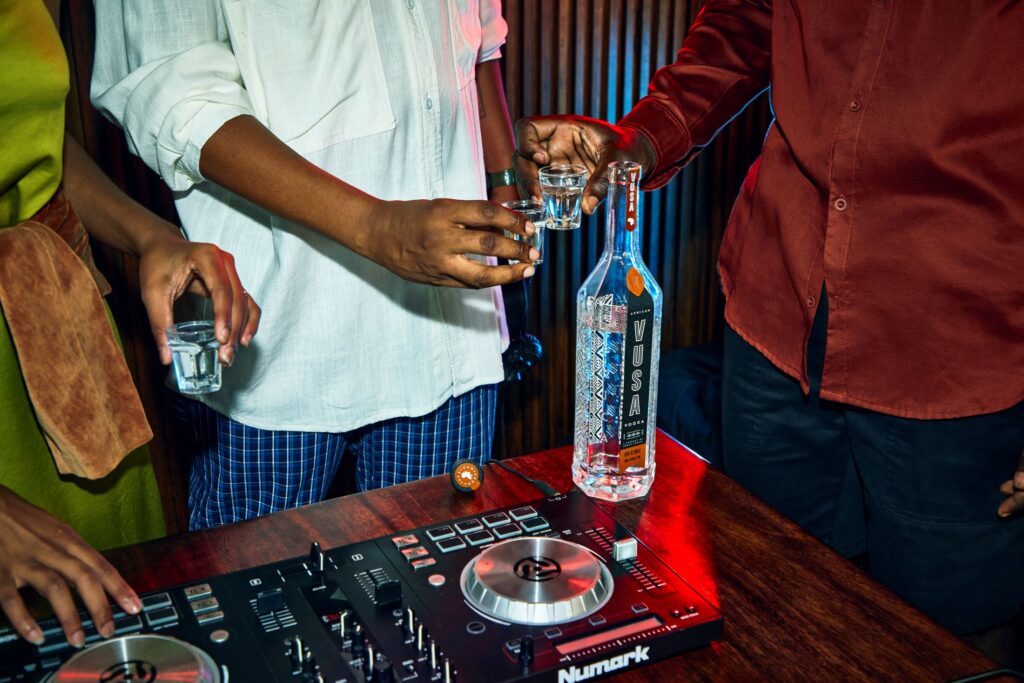
“We believe provenance and premiumization is critical to creating distinctive and differentiated vodka products,” says Timeyin. “Taking both into account allows us to introduce character, without sacrificing quality, and enables us to introduce consumers to flavors and personality informed by our provenance.”
“As an African brand, we are particularly bullish about the importance of African provenance and its influence on the character and flavor of our vodka,” he adds. “We are sugarcane vodka from Africa, full of African character and flavor.”
Seeking brands with genuine provenance is similar to what drives consumers towards brands with social values.
“Consumers are becoming increasingly aware of the products they are buying and the impact they have on the environment,” says Clerc of Moet Hennessy USA. “As such, we’ve seen an increased demand for organic vodka in the market. We know that people want to know what they’re consuming, which is why we’ve always been transparent about the ingredients and processes that go into making a bottle of Belvedere. We use rye from Poland and purified water to make every batch of Belvedere, with zero additives. We’re proud to offer people a product that they can enjoy and feel good about purchasing.”
“The same is true for provenance,” she adds. “Belvedere is produced in one of the world’s longest-operating Polish distilleries, founded in 1910, and is part of a 600-year heritage of vodka-making tradition. Our rich heritage is something that we’re immensely proud of, and something that sets Belvedere apart from so many others in vodkas on the shelf.”
It all ties into the modern consumer’s need to see themselves in the products they buy.
“Consumers are looking for a brand that they would be proud to serve and resembles their values,” says Dhati at Absolut. “Absolut’s ‘Born to Mix’ ethos demonstrates the power of mixing different people, perspectives and cocktails for an inclusive experience that brings people together.”
Brands that understand this are the ones that will maintain consumer attention in an ever-crowded category.
“We’re seeing a major shift in the way consumers view their drinks from a sustainability standpoint. They want to know where — and how — their drinks are made, and as a result of this, we’re also seeing an increase in brand loyalty across the board,” says Heins of Broken Shed Vodka. “No matter where they go, they’re going to reach for the vodka that they know has sustainable practices, like Broken Shed, because it truly matters to them.”
Feature photo by Kike Salazar N on Unsplash.

